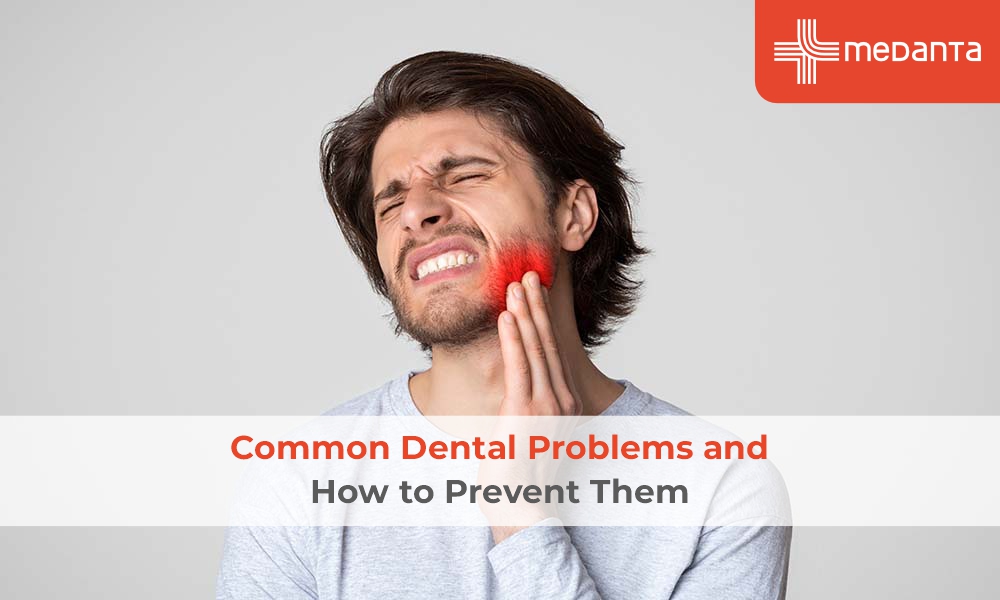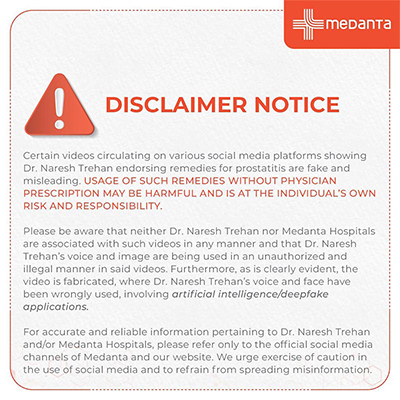Full Mouth Rehabilitation: Process, Benefits, and Its Impact on Oral Health in 2025

TABLE OF CONTENTS
Are you tired of dealing with multiple dental issues at once? From missing teeth to decay and even bite problems, the effects of poor oral health can be overwhelming. Luckily there is a solution that can completely transform your smile and overall oral health – full mouth rehabilitation.
This restorative dentistry treatment not only addresses individual dental concerns and also takes into consideration your overall oral well-being. In this blog post we will explore full mouth rehabilitation and its impact on improving your oral health.
Understanding Full Mouth Rehabilitation
Full mouth rehabilitation involves a combination of restorative and cosmetic dental procedures aimed at restoring the function, health, and aesthetics of your entire mouth.
This extensive treatment plan is tailored to address various concerns such as missing teeth, tooth decay, gum disease, bite issues, and damaged or worn-out dental work.
The Process of Full Mouth Rehabilitation
Embarking on a journey to improve your oral health through full mouth rehabilitation involves several essential steps. Here's what you can expect during the process:
1) Comprehensive Examination:
Your journey begins with a comprehensive examination by a qualified dentist or prosthodontist. During this assessment, your oral health will be thoroughly evaluated, including the condition of your teeth, gums, jaw joints, and bite alignment.
2) Diagnostic Tests:
In addition to a visual examination, diagnostic tests such as X-rays, CT scans, and impressions may be performed to gather detailed information about your oral structures and identify any underlying issues.
3) Discussion of Goals:
Once the assessment is complete, you'll have a discussion with your dental provider to outline your goals, concerns, and expectations for the rehabilitation process. This personalized approach ensures that your treatment plan is tailored to meet your specific needs.
4) Development of Treatment Plan:
Based on the findings from the examination and diagnostic tests, your dentist will develop a comprehensive treatment plan that addresses all areas of concern. This plan may include a combination of restorative and cosmetic procedures designed to restore function, improve aesthetics, and enhance overall oral health.
5) Treatment Phases:
Full mouth rehabilitation is typically performed in multiple phases to address different aspects of your oral health systematically. These phases may include procedures such as tooth extractions, periodontal therapy, dental implants, crowns, bridges, and orthodontic treatment, among others.
6) Collaboration with Specialists:
In some cases, your dentist may collaborate with other dental specialists, such as periodontists, oral surgeons, and orthodontists, to ensure that you receive comprehensive care. This multidisciplinary approach allows for optimal treatment outcomes.
7) Recovery and Follow-Up:
Throughout the rehabilitation process, you'll be closely monitored by your dental team to ensure that your treatment progresses smoothly and that any post-operative issues are addressed promptly. Regular follow-up appointments will be scheduled to assess your healing and make any necessary adjustments to your treatment plan.
8) Maintenance and Aftercare:
Once your full mouth rehabilitation is complete, maintaining good oral hygiene and attending regular dental check-ups are essential for preserving the results of your treatment. Your dentist will provide you with personalized aftercare instructions and recommendations to help you maintain optimal oral health for years to come.
Restorative Dentistry Techniques
Restorative dentistry encompasses a range of techniques aimed at repairing and restoring damaged or missing teeth. Here are some commonly used techniques in restorative dentistry:
1) Dental Fillings:
Dental fillings are used to repair teeth that have been damaged by decay or minor fractures. Traditional fillings are typically made of amalgam (metal) or composite resin (tooth-colored material) and are placed directly into the cavity after removing the decayed portion of the tooth.
2) Dental Crowns:
Dental crowns, also known as caps, are custom-made prosthetic restorations that cover the entire visible surface of a tooth. Crowns are used to strengthen and protect weakened or damaged teeth, restore their shape and size, and improve their appearance. They can be made from various materials, including porcelain, metal, or a combination of both.
3) Dental Bridges:
Dental bridges are used to replace one or more missing teeth by anchoring artificial teeth (pontics) to adjacent natural teeth or dental implants. Bridges help restore proper chewing function, maintain facial structure, and prevent remaining teeth from shifting out of position.
4) Dental Implants:
Dental implants are titanium posts that are surgically placed into the jawbone to serve as artificial tooth roots. Once integrated with the surrounding bone, implants can support single crowns, bridges, or dentures, providing a durable and long-lasting solution for replacing missing teeth.
5) Root Canal Therapy:
Root canal therapy is a procedure used to treat infected or inflamed dental pulp (the innermost layer of the tooth). During the procedure, the infected pulp is removed, and the inside of the tooth is cleaned, disinfected, and sealed to prevent further infection. Root canal therapy can save a severely damaged or decayed tooth from extraction.
6) Inlays and Onlays:
Inlays and onlays are indirect restorations used to repair teeth with moderate to severe damage or decay. They are custom-made in a dental laboratory and then bonded to the tooth surface. Inlays fit within the grooves (cusps) of a tooth, while onlays extend over one or more cusps.
Benefits of Full Mouth Rehabilitation
Improved Oral Function: Full mouth rehabilitation can restore proper chewing and speaking function, allowing you to enjoy your favorite foods and communicate with confidence.
Enhanced Aesthetics: By addressing cosmetic concerns and restoring damaged teeth, full mouth rehabilitation can significantly improve the appearance of your smile, boosting your self-esteem and overall well-being.
Prevention of Future Dental Problems: By addressing underlying issues such as tooth decay and gum disease, full mouth rehabilitation helps prevent future dental problems, saving you time, money, and discomfort in the long run.
Better Oral Health: Ultimately, full mouth rehabilitation aims to optimize your oral health, ensuring that your teeth, gums, and supporting structures are healthy and free from disease.
Conclusion
Full mouth rehabilitation is more than just a cosmetic dental treatment – it has a significant impact on overall oral health. Through the use of advanced restorative dentistry techniques and technologies, patients can achieve a healthy and functional smile that improves their quality of life.
Not only does full mouth rehabilitation restore a beautiful smile, but it also addresses underlying structural and functional issues, preventing future dental problems. So if you have been struggling with multiple dental concerns, don't hesitate to seek out the expertise of a skilled dentist who specializes in full mouth rehabilitation.
With their knowledge and experience, they can help you achieve optimal oral health and transform your smile. Take charge of your oral health today by visiting a super speciality hospital that offers comprehensive full mouth rehabilitation services.





